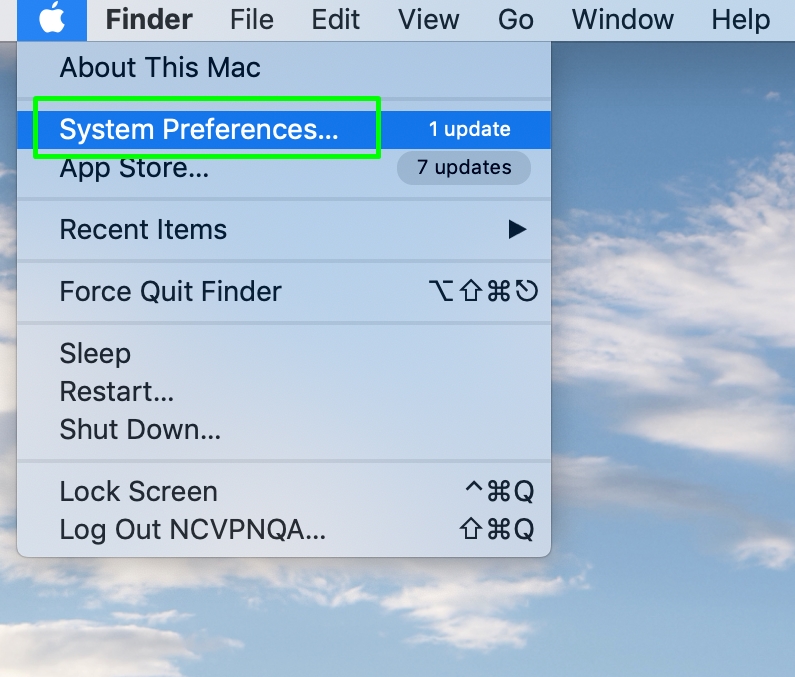

Amazon supports Internet Protocol security (IPsec) VPN connections. Q: How does an AWS Site-to-Site VPN connection work with Amazon VPC?Ī: An AWS Site-to-Site VPN connection connects your VPC to your datacenter. From there, it can access the Internet via your existing egress points and network security/monitoring devices. The NAT gateway or NAT instance allows outbound communication but doesn’t allow machines on the internet to initiate a connection to the privately addressed instances.įor VPCs with a hardware VPN connection or Direct Connect connection, instances can route their Internet traffic down the virtual private gateway to your existing datacenter. These instances use the public IP address of the NAT gateway or NAT instance to traverse the internet. Instances without public IP addresses can route their traffic through a network address translation (NAT) gateway or a NAT instance to access the internet. Q: How do instances without public IP addresses access the Internet?Ī: Instances without public IP addresses can access the Internet in one of two ways: Q: What are the VPN connectivity options for my VPC?Ī: You may connect your VPC to your corporate data center using a Hardware VPN connection via the virtual private gateway. Under the IP tab select Assign a static IP address and enter the address and then exit selecting the OK/Apply buttons as you close the various windows.Right click on the new policy and choose Properties.
MAC VPN SETTINGS ACTIVE DIRECTORY WINDOWS
Leave all defaults in the remaining windows and save.Under User or Group Access select Group, then click Add, and locate your group using the Object Type (Groups), Locations (your domain or workgroup server), Advanced, and Find Now ‘buttons’.Name the policy, and in the next window under Access Method select VPN.In the RRAS console, right click on Remote Access Policies and choose New Remote Access Policy.


Under conditions click Add, select User Groups, and Add.Name the policy, select Remote Access Server (VPN-Dial up) in the drop down list, and then Next.In the Network Policy Server console click on Network Policies, action, and new.Open the RRAS console, right click on Remote Access Logging & Policies and choose launch NPS.Create a new group in Active Directory such as VPNuser1 and add your user to that group.

The steps below assume RRAS has already been configured and enabled for VPN access. The “crude” part is if you have multiple VPN clients requiring a unique static IP, you need to create a separate group in active Directory for each user, a very inefficient option.
MAC VPN SETTINGS ACTIVE DIRECTORY MAC
Remote Access Policies cannot identify a VPN client by MAC address or even user name, therefore it is necessary to use groups. There is a way to achieve this using Remote Access Policies though it is a little crude. In active directory under the Dial-in tab of a user’s profile there is an option to “Assign a Static IP Address”, but this only applies to true dial-in clients. On occasion there is a need to assign a VPN client a static IP.


 0 kommentar(er)
0 kommentar(er)
